1 Foundational Elements

View All Modules

Foundational Elements

Prohibited Conduct

Interaction Guidelines

Organizational Response

Living Your Policy
וּכְתַבְתָּם עַל־מְזוּזֹת בֵּיתֶךָ וּבִשְׁעָרֶיךָ (דברים ו:ט)
Foundational Elements lays the groundwork for cultivating safer, more respectful, and more equitable environments for your organization’s employees and stakeholders.
By helping you build a Keilim Committee that will lead and champion this work, draft a values statement based on your organization’s integral principles, and consider the scope of your Policy, this module serves as the foundation for your work in Keilim.
Just as many Jews affix a mezuzah — a written summary of foundational elements, values, and obligations — to their doorposts, this module serves as the organizational guidepost that reminds us of our communal values and obligations. A mezuzah is placed on the doorpost for all to see. Similarly, this module’s work ensures that your policies are clear so that all who interact with your organization understand the environment you are working to create as well as what behavior is expected from them. The shema within each mezuzah describes the covenant intended to enter our hearts and our everyday actions. So, too, these policies are your organization’s public commitment to prioritize safety, respect, and equity in your operations, program, and culture.



